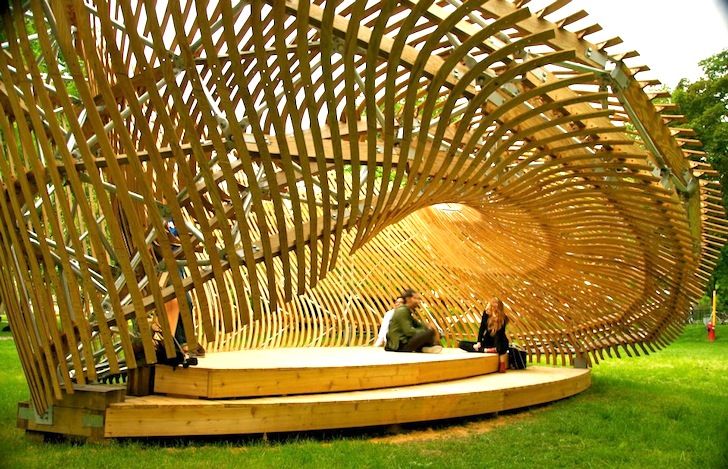Nov. 17 marked the end of the “Food for Thought” lecture series’ 21st season. Hosted by the Faculty of Agriculture and Environmental Sciences, this year’s theme was centred on sustainable use and conservation of resources that are otherwise taken for granted.
Michael Jemtrud, an associate professor at McGill’s School of Architecture and director of the Facility for Architectural Research in Media Mediation, delivered the final talk titled “Building Environments: Designing & Constructing Deep Decarbonization Pathways,” in which he focussed on the three initiatives he is a part of and their efforts to mitigate the environmental impacts of building construction.
A holistic approach to building and urbanization is at the centre of Jemtrud’s research, particularly the formulation of “deep decarbonization” pathways for architects, engineers, and construction companies, as well as Quebec’s energy and resource sectors.
“One of the things that has collectively frustrated a lot of us within the [field] is that a lot of upstream [and] downstream impacts within our discipline are not accounted for in our methods and the way in which we design things,” Jemtrud said.
Upstream production deals with raw material inputs needed for manufacturing, while downstream production refers to the process of transforming those raw materials into their final products.
Decarbonized architecture and building (DeCARB) is one of Jemtrud’s initiatives that is taking an interdisciplinary approach to addressing the lack of environmentally sustainable materials in the construction industry. DeCARB methodologies look at all of the components of the built environment and how they interact with the geosphere and biosphere.
“We’re very concerned about how a lot of these issues are routinely externalized in the research and design of buildings and urbanization,” Jemtrud said. “These enabling externalizations are directly responsible for a lot of environmental and social degradations around the world.”
DeCARB focusses on a metric called global warming potential (GWP), which compares the relative impact of different greenhouse gases on the environment. There is considerable emphasis on revealing the false sense of environmental sustainability touted by greenwashed technologies. For example, sulphur hexafluoride has a GWP that is 22,800 times greater than that of carbon dioxide, the most common greenhouse gas emission. Still, sulphur hexafluoride is frequently used in electrical insulators due to its low conductive potential. Jemtrud explained that although many people think of electricity as a green alternative to fossil fuels, many electric products and the materials from which they are made are responsible for high levels of greenhouse gas emissions.
“The more we ‘electrify,’ we might be saving carbon equivalents on certain levels, but this one [sulphur hexafluoride] is really exacerbating another level of that,” Jemtrud said.
The Quebec Building Energy Retrofit program (Q:BER) is another one of Jemtrud’s focal initiatives. The program aims to refurbish existing buildings across Quebec in order to reduce their carbon footprint.
“Basically, a deep energy retrofit is wrapping the existing building in a new skin, then upgrading its mechanical and its active systems,” Jemtrud explained. “For me, one of the main non-energy benefits is the increase in healthier indoor environments and the well-being of its occupants.”
Indeed, this initiative has many potential benefits in helping to solve the current housing crisis in Montreal. Working with the Société d’habitation du Québec, Q:BER’s efforts to retrofit buildings are especially important in maintaining the structural integrity of existing affordable housing units, as well as an important consideration in the process of building new ones.
Finally, Jemtrud spoke about the Building Architecture Research Node (BARN), a new program that would release funding for the construction of a new building on Macdonald campus where students and researchers can test DeCARB technologies.
“Basically, [it’s] a big shop where we can prototype and construct things at full scale,” Jemtrud said.
If approved, the construction of the building would itself become a part of Jemtrud’s research program, allowing Jemtrud and colleagues to test the viability and construction of many of the sustainability concepts presented in his work.








